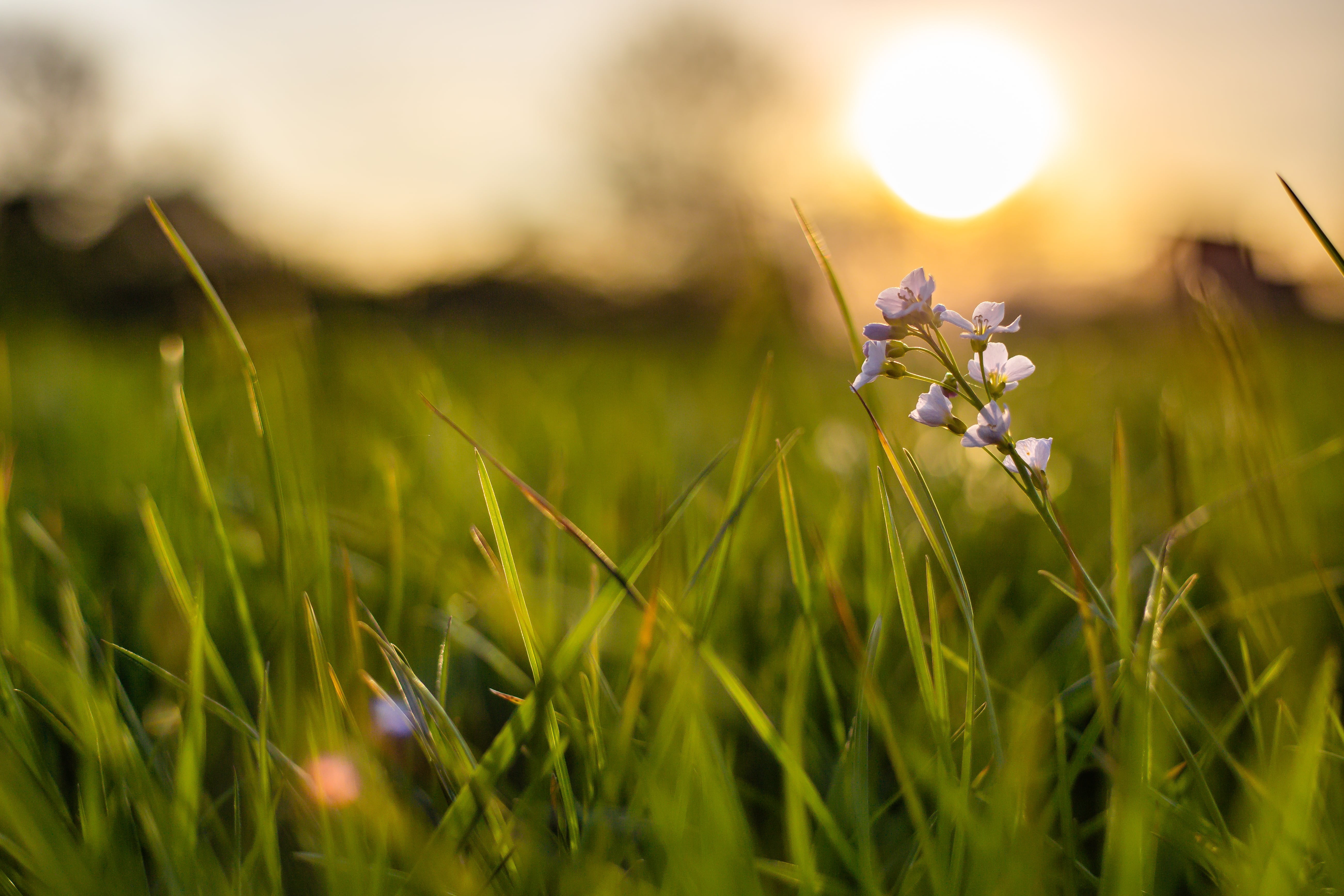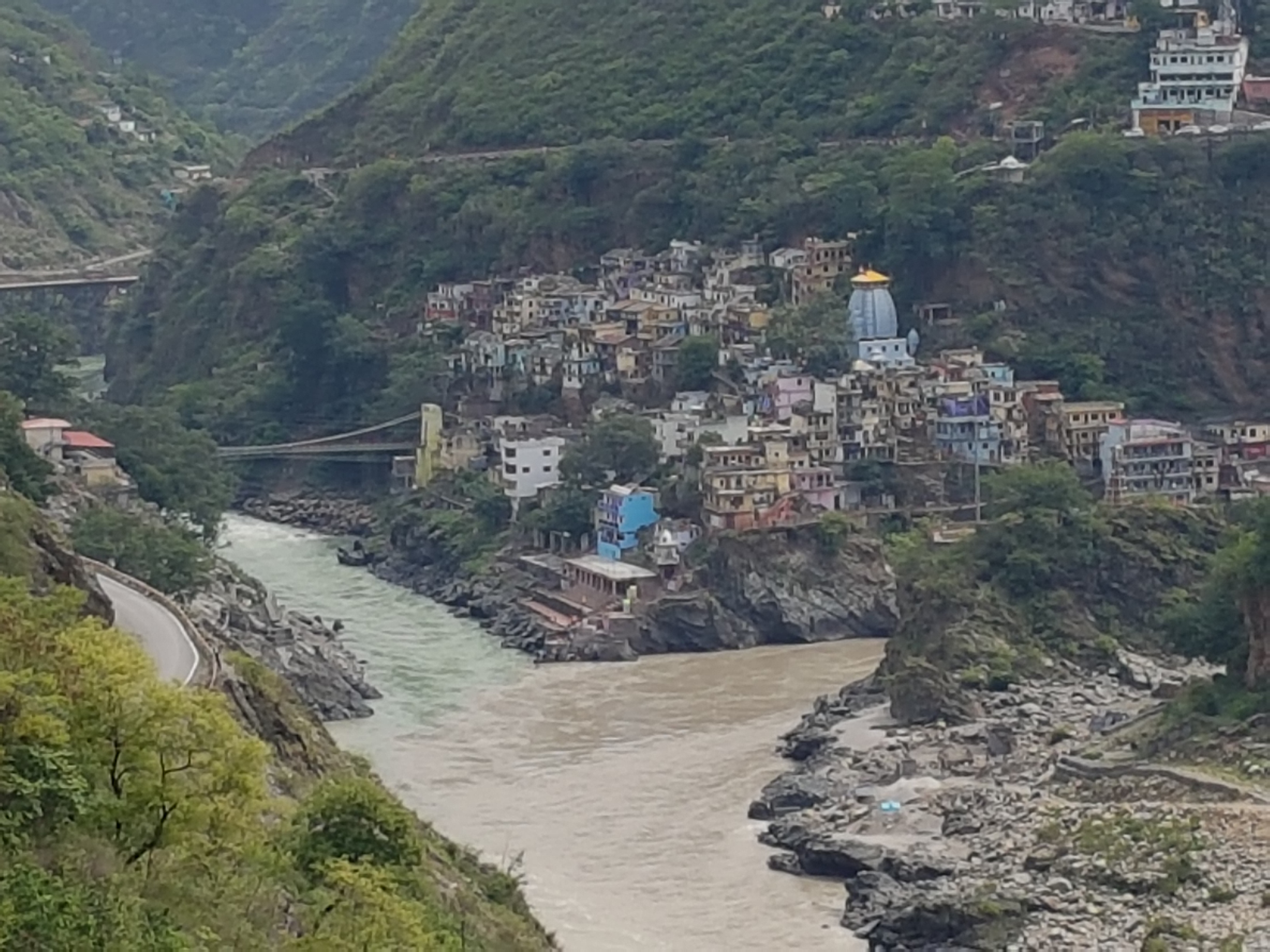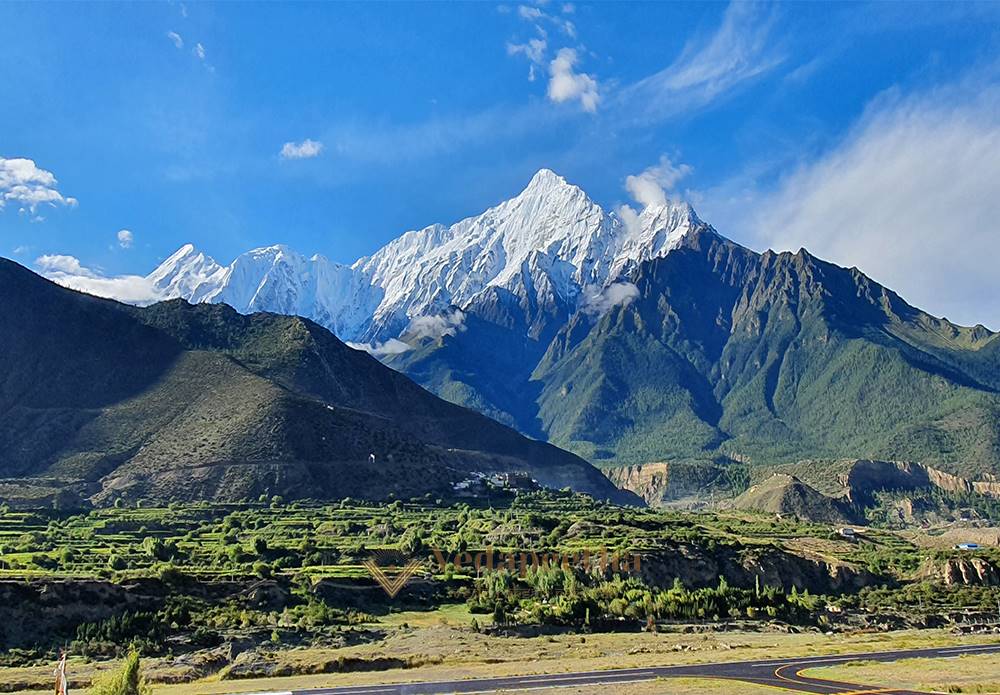Atharvaveda
Atharvaveda
Vedas are considered the most ancient literary corpus in Sanskrit language. Vedas are four in number, i.e. Ṛg, Yaju, Sāma and Atharva. Atharvaveda is known for including prayers for protection and other aspects of life, as averting the evils, avoiding calamities, winning over enemies, etc. Athārvaṅgirasaveda is the ancient name of Atharvaveda. Brahmaveda, Amṛtaveda, Ātmaveda, Aṅgiroveda, Aṅgirasaveda, Kṣatraveda, Chandoveda and Mahīveda are other names of Atharvaveda.
In the opinion of Yāska in Nirukta, the origin of the word Atharva is:
“Atharvāno Atha Navāntaḥ Tharvatiścarati Karma tat Pratiṣedhaḥ”.
In his opinion, the meaning of Atharva is: the Veda giving knowledge to clear doubts. The Atharva Veda contains hymns regarding the removal of illness and other hymns, by Aṅgirasa, for getting victory over enemies. Brahma is the Ṛtvik in Atharvaveda.
“Atharvāno Atha Navāntaḥ Tharvatiścarati Karma tat Pratiṣedhaḥ”.
In his opinion, the meaning of Atharva is: the Veda giving knowledge to clear doubts. The Atharva Veda contains hymns regarding the removal of illness and other hymns, by Aṅgirasa, for getting victory over enemies. Brahma is the Ṛtvik in Atharvaveda.
Śākhās in Atharvaveda
According to Patañjali, the Atharvaveda has nine Śākhās. according to Skhaṇḍapurāṇa, it has 12 Śākhās. But now, only two of them are available to us:
1) Śaunaka Śākhā
2) Pippalada Śākhā
Śaunaka Śākhā
It contains twenty chapters or Khaṇḍas, which include thirty-four pāṭhakas; it is again sub-divided into one hundred and eleven anuvākas. Besides, seven hundred and thirty-one vargas and 5847 hymns are included in Atharvaveda.
Content
Concerning the content of Atharvaveda, the first part, which includes khaṇḍas one to seven, is dedicated to various topics; it is made of short sūktas mainly. The second part, which contains khaṇḍas eight to twelve, deals with various subjects; it is made of long sūktas mainly. The third part, that is khaṇḍas thirteen to eighteen, covers different topics; there are long hymns as well as short ones in it.
Khaṇḍa One contains two prapāṭhakas, six anuvākas, thirty-five vargas and 153 hymns. Protection from diseases, liberation from Pāśa (senses), Śarmaprāpti (special powers) are among the topics of this khaṇḍa.
Khaṇḍa Two contains two prapāṭhakas, six anuvākas, thirty-six vargas and 207 hymns. Here are some topics it covers: protection from bacteria or germs, healing of diseases, victory over enemies and Dīrghāyuprāpti (other special powers).
Khaṇḍa Three contains two prapāṭhakas, six anuvākas, thirty-one vargas and 231 hymns. This khaṇḍa addresses the following topics: Śatrusenāsammohana (prayers to neutralise enemies), Kingdom and ruling, construction of Śālas (ritual halls) and protection from dangerous animals.
Khaṇḍa Four includes three prapāṭhakas, eight anuvākas, forty vargas and 322 hymns. This khaṇḍa deals with various topics like Brahmavidyā (higher spiritual knowledge), the neutralisation of poison, kings’ coronation, prayers to make rain come, liberation from evils and Brahamaudana.
Khaṇḍa Five is made of three prapāṭhakas, six anuvākas, thirty-one vargas and 376 hymns. It tackles various subjects like Brahmavidyā and Kṛtyāparihāra (withdrawal from action) in detail.
Khaṇḍa Six consists of three prapāṭhakas, thirteen anuvākas, 142 vargas and 454 hymns. It deals with different topics as the removal of bad dreams and getting food in abundance.
Khaṇḍa Seven consists of two prapāṭhakas, ten anuvākas, 118 vargas and 286 hymns. It depicts Ātma (higher soul) in detail.
Khaṇḍa Eight contains two prapāṭhakas, five anuvākas, ten vargas and 259 hymns. It mentions the aspect of Brahma in the form of Virāṭ.
Khaṇḍa Nine consists of two prapāṭhakas, five anuvākas, ten vargas and 302 hymns. Madhuvidyā (knowledge about honey/softness), welcoming the Guest, greatness of Cow and destruction of Yakṣmās (negative entities) are the topics narrates in this khaṇḍa.
Khaṇḍa Ten consists of two prapāṭhakas, five anuvākas, ten vargas and 350 hymns. It deals with subjects such as Brahmavidyā, overcoming Kṛtyā, the story of Varaṇamaṇī, the removal of poison from snake bites.
Khaṇḍa Eleven consists of two prapāṭhakas, five anuvākas, ten vargas and 313 hymns. It includes Brahmaudana, Rudrasūkta and Brahmacaryasūkta (hymn of brahmacarya or youth age).
Khaṇḍa Twelve consists of two prapāṭhakas, five anuvākas, five vargas and 304 hymns. It includes Pṛthvīsūkta (hymn to Mother Earth) and Bhūmihatvā (another text on Mother Earth).
Khaṇḍa Thirteen consists of one prapāṭhaka, four anuvākas, four vargas and 188 hymns. It deals with Adhyātmavidyā (knowledge of the Supreme Soul).
Khaṇḍa Fourteen consists of one prapāṭhaka, two anuvākas, two vargas and 139 hymns. Rituals regarding wedding can be found in it.
Khaṇḍa Fifteen consists of one prapāṭhaka, two anuvākas, eighteen vargas and 141 hymns. The description of Vrātyabrahma is contained in it.
Khaṇḍa Sixteen consists of one prapāṭhaka, two anuvākas, nine vargas and ninety-three hymns. The upāyas regarding the liberation from sorrows are to be found in it.
Khaṇḍa Seventeen consists of one prapāṭhaka, one Anuvāka, one varga and thirty hymns. It includes a prayer for Abhyudaya (success, prosperity) and hymns regarding sammohana (confusion, illusion).
Khaṇḍa Eighteen consists of two prapāṭhakas, four anuvākas, four vargas, 283 hymns. The Pitṛmedha ritual (for the forefathers) is explained in it with its different parts.
Khaṇḍa Ninteen consists of no prapāṭhakas, seven anuvākas, seventy-two vargas and 456 hymns. It exposes the greatness of Yajñas (rituals with fire), Nakṣatras (stars of Vedic astrology), Chandas (sacred rhythms), Rāṣṭra (nation in its sacredness), Surakṣā (security), Kāma (desire), Rātri (night) and Kāla (Time and death).
Khaṇḍa Twenty consists of no prapāṭhakas, nine anuvākas, 143 vargas and 960 hymns. It deals with various subjects, including the explanation of Somayāga (ritual of the nectar), a praise of Indra and Kuntāpasūkta. In this Khaṇḍa, most of the sūktas (hymns) are similar to ones of Ṛgveda.
Pippalāda Śākhā
The Sage Pippalāda is the founder of Pippalāda Śākhā of Atharvaveda. It contains twenty chapters or khaṇḍas.
Brāhmaṇas
For all 4 Saṃhitās, the Brāhmaṇa texts prominently deal with yajña or rituals. In Atharvaveda, there is one Brāhmaṇa only: Gopatha Brāhmaṇa.
Gopatha Brāhmaṇa is divided into two parts, Pūrvabhāga and Uttarabhāga. It contains eleven prapāṭhakas, five in Pūrvabhāga and six in Uttarabhāga. The Atharvaveda Pariśiṣṭa mentions that Gopatha Brāhmaṇas contains one hundred prapāṭhakas, but eighty-nine of them have been lost.
Āraṇyakas
No Āraṇyaka is available in Atharvaveda.
Upaniṣads
In Atharvaveda, at least three Upaniṣads are to be found: Praśṇopaniṣad, Muṇḍakopaniṣad and Māṇḍūkyopaniṣad. However, the German Scholar Paul Doyson claimed that Atharvaveda has forty-six upaniṣads and he translated them all into German language.
Praṣṇopaniṣad belongs to the Pippalāda recension. Its ranks 4th among the ten major Upaniṣads. This Upaniṣad exposes philosophical matters through a form of question and answer between teacher and disciples. It tackles six main points of the Vedanta doctrine in the form of six questions addressed by six students named Kabandhi, Vaidarbhi, Āśvalāyana, Gārgya, Satyakāma and Sukeśa and the answers of the sage Pippalada. It contains six chapters in the form of Praṣṇas (lessons) and sixty-seven hymns in total.
Muṇḍakopaniṣad is a major and well known Upaniṣad. The word Muṇḍaka derives from the root word Muḍi, which means removal of hair. So the word Muṇḍaka means knife or the person who shaved the head. It includes three Muṇḍakas, six khaṇḍas and sixty-five hymns in total. Each Muṇḍaka is made of two khaṇḍas. The first Muṇḍaka contains twenty-two hymns, the second Muṇḍaka twenty-two hymns and the third twenty-one hymns.
Māṇḍūkyopaniṣad belongs to the ten major Upaniṣads. It is quite short Upaniṣad, written in prose. It contains twelve hymns.
*******************
Prepared by:
Dr. Harish. P.N
Sanskrit Scholar
Thrissur, Kerala, India
Subsribe our package to Read Full
Subscribe Now

?>resources/frontend/assets/images/4.jpg)
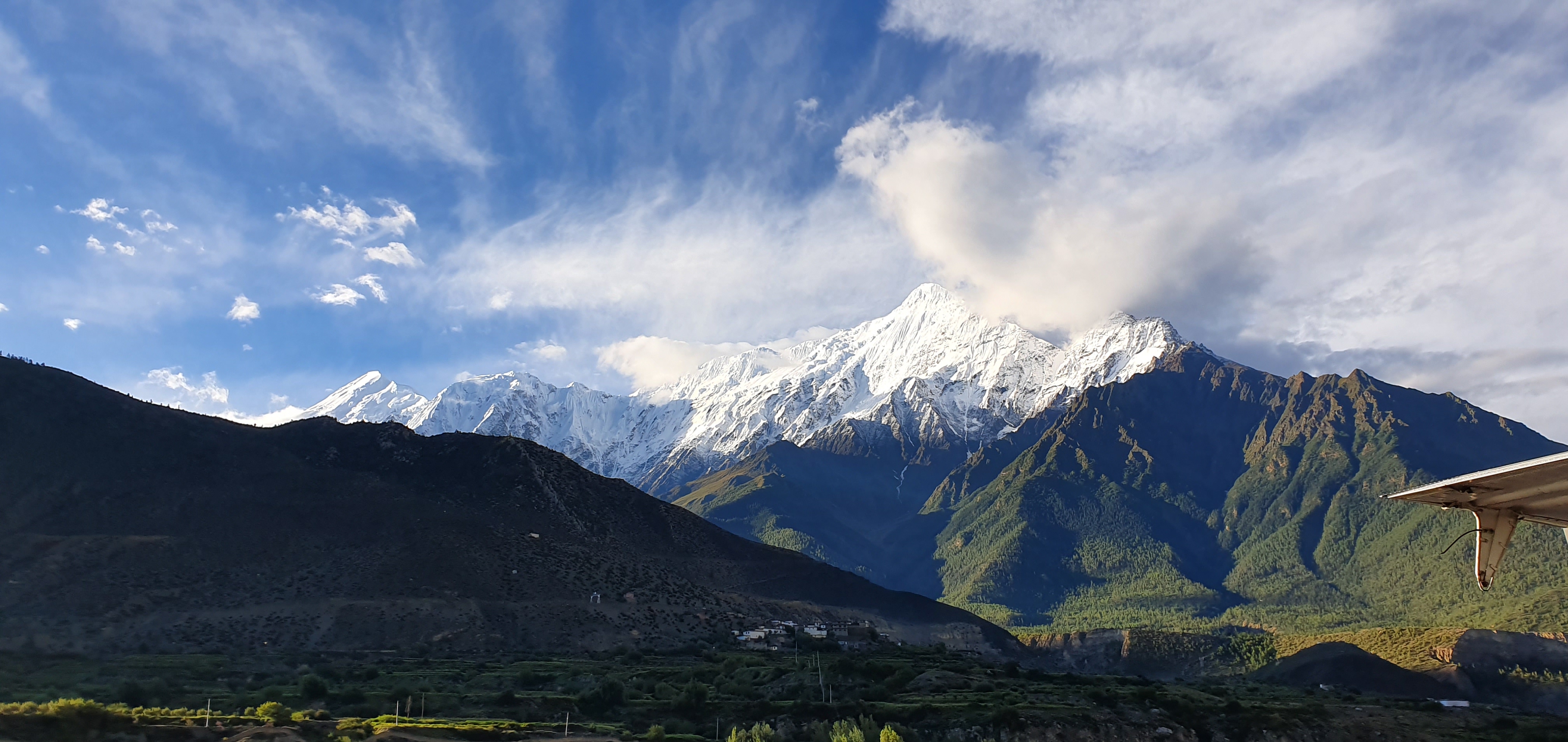

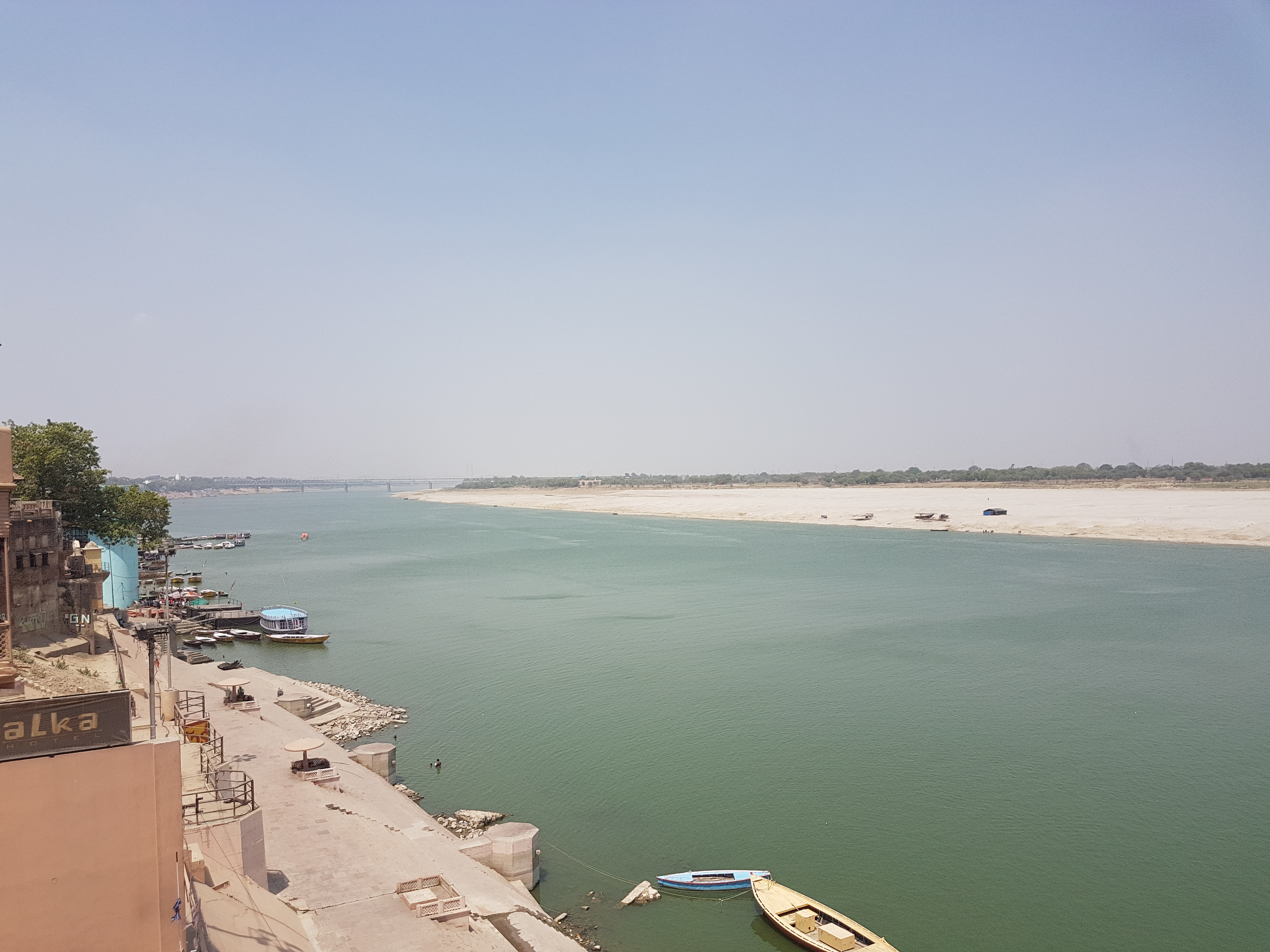

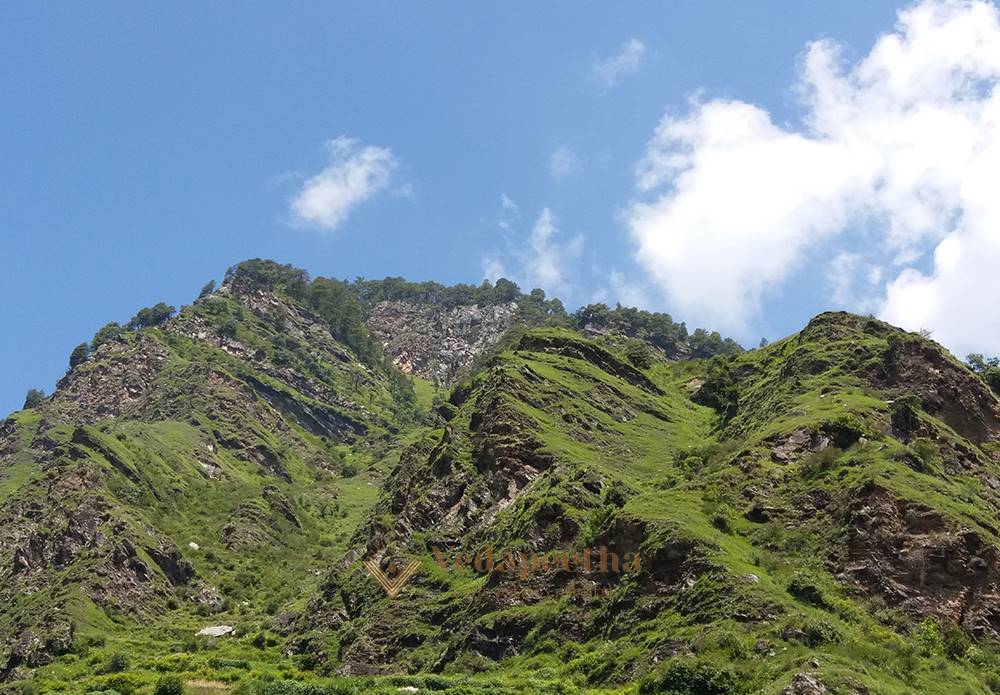
.jpg)
